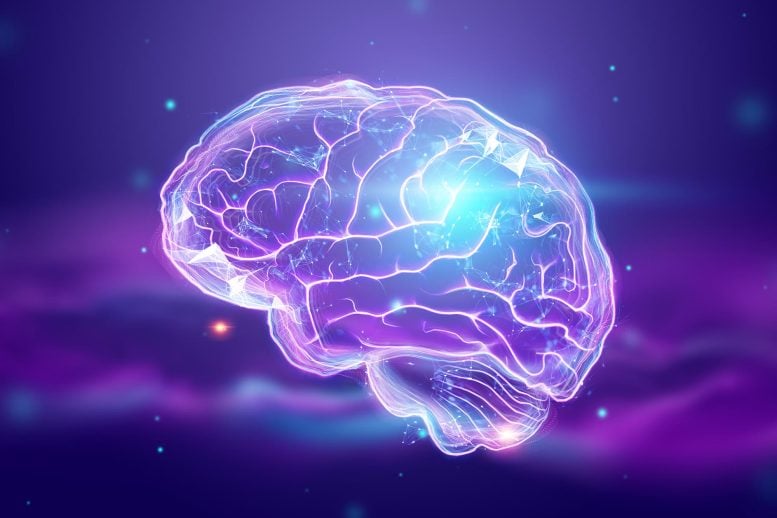
New research has uncovered how choline, an essential nutrient, is transported into the brain by a protein called FLVCR2, crossing the blood-brain barrier. This finding is crucial for designing drugs to treat neurological disorders like Alzheimer’s and stroke. It emphasizes the importance of dietary choline and could lead to better strategies for drug delivery into the brain. The research highlights the complex nature of the blood-brain barrier and its role in both protection and nutrient absorption.
Researchers have discovered the process by which dietary choline crosses the blood-brain barrier. This breakthrough has potential applications in enhancing drug delivery to the brain for treating neurological disorders.
A researcher from the University of Queensland has identified molecular doorways that could facilitate the delivery of drugs to the brain for treating neurological disorders.
Dr. Rosemary Cater from UQ’s Institute for Molecular Bioscience led a team that discovered that an essential nutrient called choline is transported into the brain by a protein called FLVCR2.
“Choline is a vitamin-like nutrient that is essential for many important functions in the body, particularly for brain development,” Dr Cater said. “We need to consume 400-500 mg of choline per day to support cell regeneration, gene expression regulation, and for sending signals between neurons.”
Dr. Cater said that until now, little was known about how dietary choline travels past the layer of specialized cells that separates the blood from the brain.
Blood-Brain Barrier and Nutrient Transport
“This blood-brain barrier prevents molecules in the blood that are toxic to the brain from entering,” she said. “The brain still needs to absorb nutrients from the blood, so the barrier contains specialized cellular machines – called transporters – that allow specific nutrients such as glucose, omega-3 fatty acids, and choline to enter. While this barrier is an important line of defense, it presents a challenge for designing drugs to treat neurological disorders.”
Dr Cater was able to show that choline sits in a cavity of FLVCR2 as it travels across the blood-brain barrier and is kept in place by a cage of protein residues.
“We used high-powered cryo-electron microscopes to see exactly how choline binds to FLVCR2,” she said.
“This is critical information for understanding how to design drugs that mimic choline so that they can be transported by FLVCR2 to reach their site of action within the brain.
“These findings will inform the future design of drugs for diseases such as Alzheimer’s and stroke.”
The research also highlights the importance of eating choline-rich foods – such as eggs, vegetables, meat, nuts, and beans.
Reference: “Structural and molecular basis of choline uptake into the brain by FLVCR2” by Rosemary J. Cater, Dibyanti Mukherjee, Eva Gil-Iturbe, Satchal K. Erramilli, Ting Chen, Katie Koo, Nicolás Santander, Andrew Reckers, Brian Kloss, Tomasz Gawda, Brendon C. Choy, Zhening Zhang, Aditya Katewa, Amara Larpthaveesarp, Eric J. Huang, Scott W. J. Mooney, Oliver B. Clarke, Sook Wah Yee, Kathleen M. Giacomini, Anthony A. Kossiakoff, Matthias Quick, Thomas Arnold and Filippo Mancia, 31 April 2024, Nature.
DOI: 10.1038/s41586-024-07326-y
The research was funded by the National Institutes of Health.
>>> Read full article>>>
Copyright for syndicated content belongs to the linked Source : SciTechDaily – https://scitechdaily.com/new-hope-for-neurological-disorders-scientists-have-discovered-how-an-essential-nutrient-enters-the-brain/